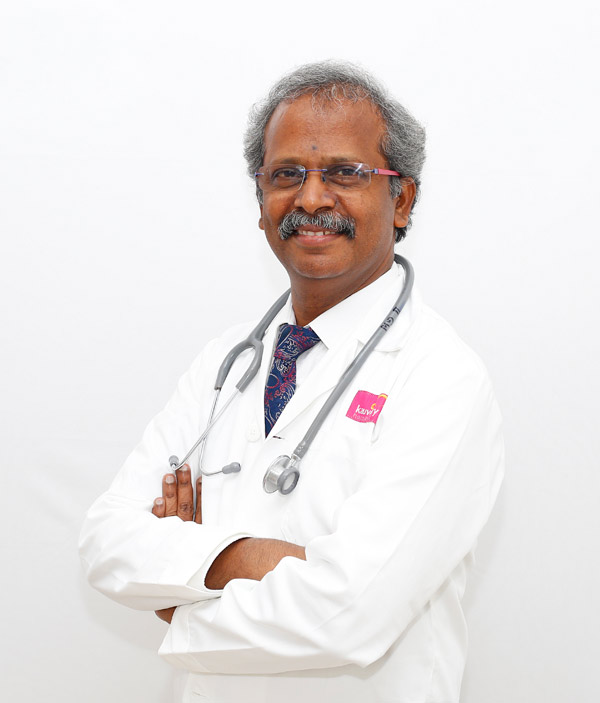Who First Described This Problem?
A German physician, Wilhelm Frederick von Ludwig, was the first person to report this condition in 1836. Normally, when somebody hears the term angina, it is for the heart pain that you hear many doctors and patients speak about. But one will be surprised to hear that an infection from the mouth and teeth can have a dreaded swelling which can kill a patient in a day!

Potential Source of Infection
When an infection from the teeth (like a deep painful cavity with pulp involvement) or adjoining jaw structures affects the tissue spaces around the muscles and bones in the face and neck, the so-called fascial spaces, the infection and inflammatory swelling could spread from one space to another like wildfire. This is specifically important in cases of already compromised status of patients like in people with a severe diabetic condition and those who are on drugs for immunosuppression.
How Ludwig’s Angina Spreads
What starts like a simple tooth pain can spread so fast like cellulitis (space infection) due to some virulent enzymes (streptokinase) produced by bacteria like streptococcus infected carious tooth and jaw structures. These streptokinase enzyme chemicals from the bacteria can cleave and spread from one organ to another with severe swelling and functional issues. In simple terms, it spreads from one area to another space due to its intercellular breaking capacity within tissue planes.
How It Will Result in Pan-facial Swelling in and Around the Tongue and Below the Mandible
A severe swelling around the base of the tongue and lower jaw may track all the way down to the vocal cords and throat area. This will result in reduced mouth opening, raised tongue towards the palate, with severe neck swelling. Once the vocal cord area is involved, immediate inflammation and infections can jeopardize breathing and death may occur.
Is This a Surgical Emergency?
This is a surgical emergency and if not treated immediately, it may result in loss of life. The patient may need an emergency operation to drain out pus; infected fluid must be drained out from the mouth and neck area. Irrespective of this emergency surgery, the patient may need supportive therapy in the ICU, ventilation and high antibiotics for infection control.
In the last year, three such patients have been seen in Kauvery Hospital casualty and emergency treatment has been given on the spot to save the patients. All three of them almost had stridor (difficulty in breathing due to vocal area swelling) and swallowing difficulty when they arrived at the emergency department. All of them had emergency CT scans and MRIs done to know the source of infection and the extent of spread.
What Was the Treatment Suggested in Emergency?
All patients were taken to the operation theatre immediately and anaesthesia was given with the help of specialised fibreoptic light intubation technique as mouth opening was compromised with a raised tongue to the palate. In severe cases, normal direct visualization of the vocal cord will be impossible and hence routine general anaesthesia is cumbersome. Even tracheostomy in the neck swelling area will be challenging.
Removal of the source of infection may be performed with priority given to safe airway maintenance and swelling reduction as a priority with antibiotics.
Drainage of infection fluid and pus with a drain tube outside the face will be mandatory. Since the mouth opening is still restricted, an immediate reversal from normal anaesthesia is also challenging. Hence, they may need ICU care and ventilatory support till the swelling subsides. It may take weeks to settle complete infection and hence good control of systemic issues like diabetes becomes necessary for survival.
After culture sensitivity of pus or fluid, antibiotics may be changed and later actual infection may have to be treated in outpatient setups.
The primary reason for Ludwig’s angina is negligence of simple tooth infection which may proceed to a life-threatening situation. A team of surgeons including ENT surgeons, anaesthesiologists and intensivists needs to work together to save patients from this dreaded infection where morbidity and mortality are very high if left untreated.
The spread of infection from mouth to neck areas and mediastinum is reported with high mortality rate.
As an oral and maxillofacial surgeon, I am proud to have saved the patients. This condition is a medical emergency like a heart attack and should be treated immediately.

Dr. Manikandan Ramanathan
Consultant Oral and Maxillofacial Surgeon,
Kauvery Hospital Chennai

